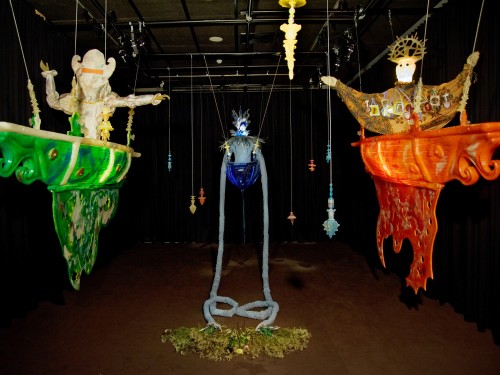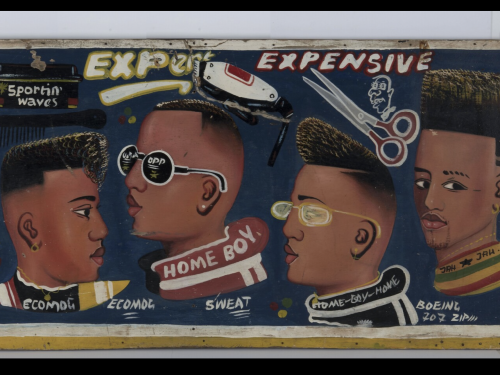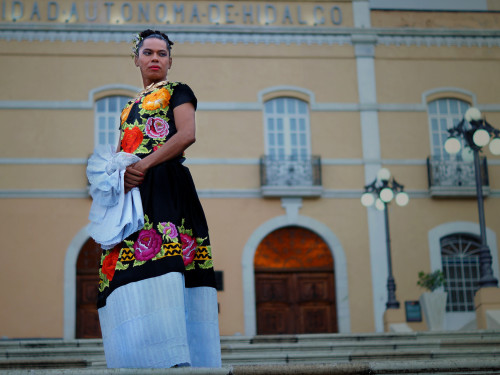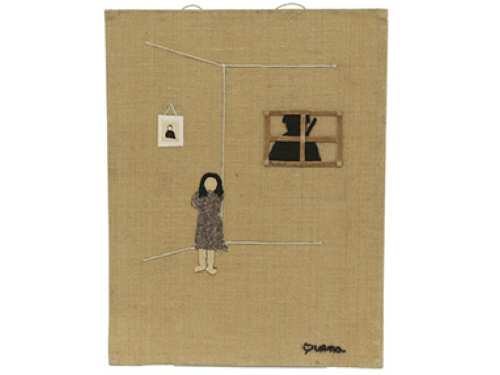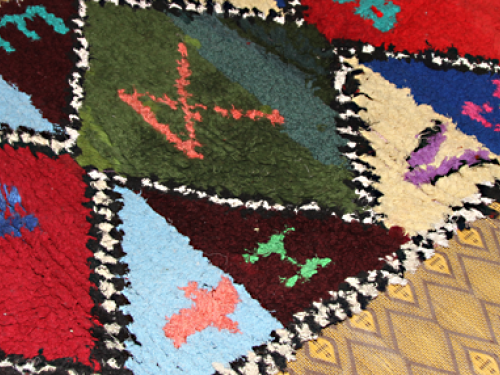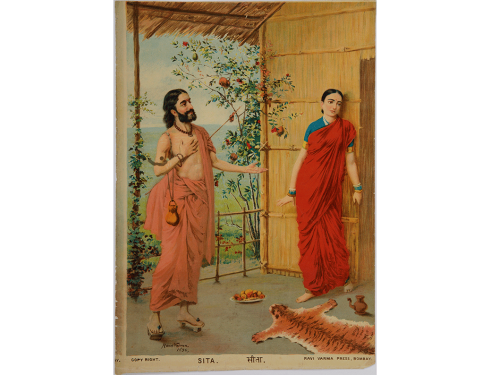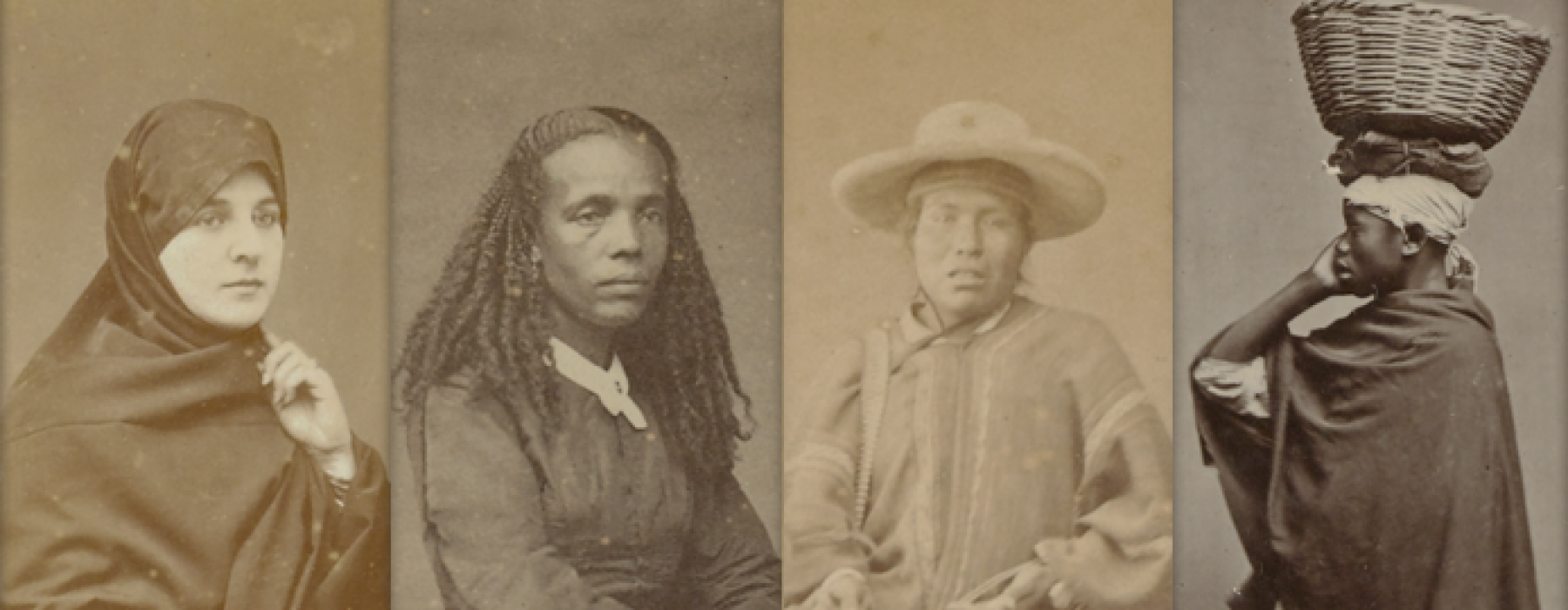
We publish these articles as the museums consolidate into one nominal entity, het Wereldmuseum: since the articles were written between 2020 and 2023, they do not yet reflect the March 2023 name change.
All contributors called into the Un/Engendering research project were asked to think outside their respective specializations. Without their courage, openness, humility, and without the peer reviewers’ generous attention, such an interdisciplinary project could have never taken place.
Images from left to right: Eugenio Courret, Portrait of a Peruvian woman, 1874-1875, Collection Nationaal Museum van Wereldculturen. Coll.nr. RV-A111-1-33; Courret Hermanos [Eugenio and Aquiles Courret], Portrait of a South American woman, 1895-1905, Collection Nationaal Museum van Wereldculturen. Coll.nr. RV-A389-3; Courret Hermanos [Eugenio and Aquiles Courret], Portrait of a Peruvian man in a traditional costume, 1874-1875, Collection Nationaal Museum van Wereldculturen. Coll.nr. RV-A111-1-37; Portrait of a black Peruvian man with a basket on his head, 1988. Photographer unknown, Collection Nationaal Museum van Wereldculturen. Coll.nr. RV-A122-1-33. This work is licensed under a CC0 1.0 Universal (CC0 1.0) Public Domain Dedication.

